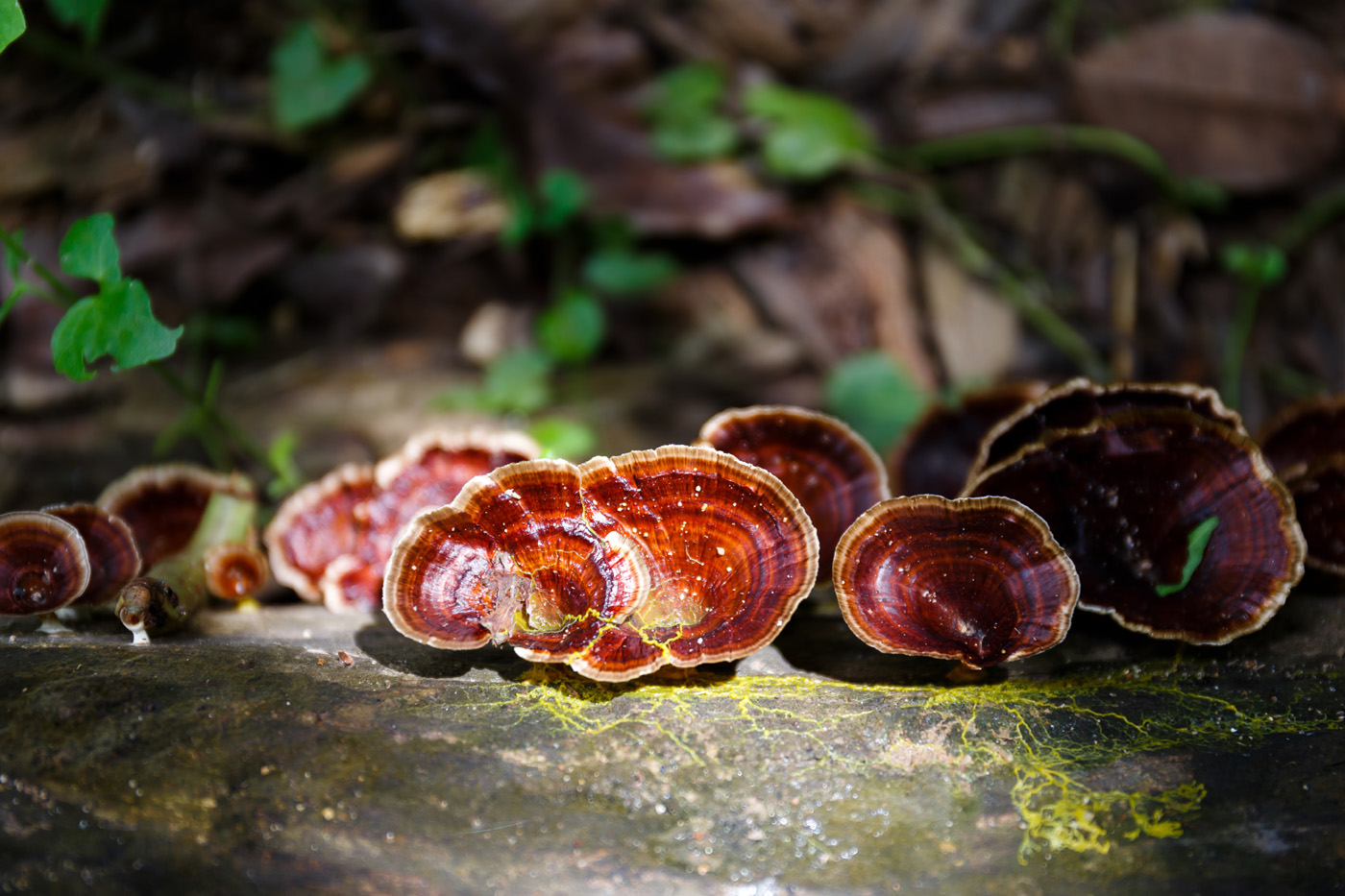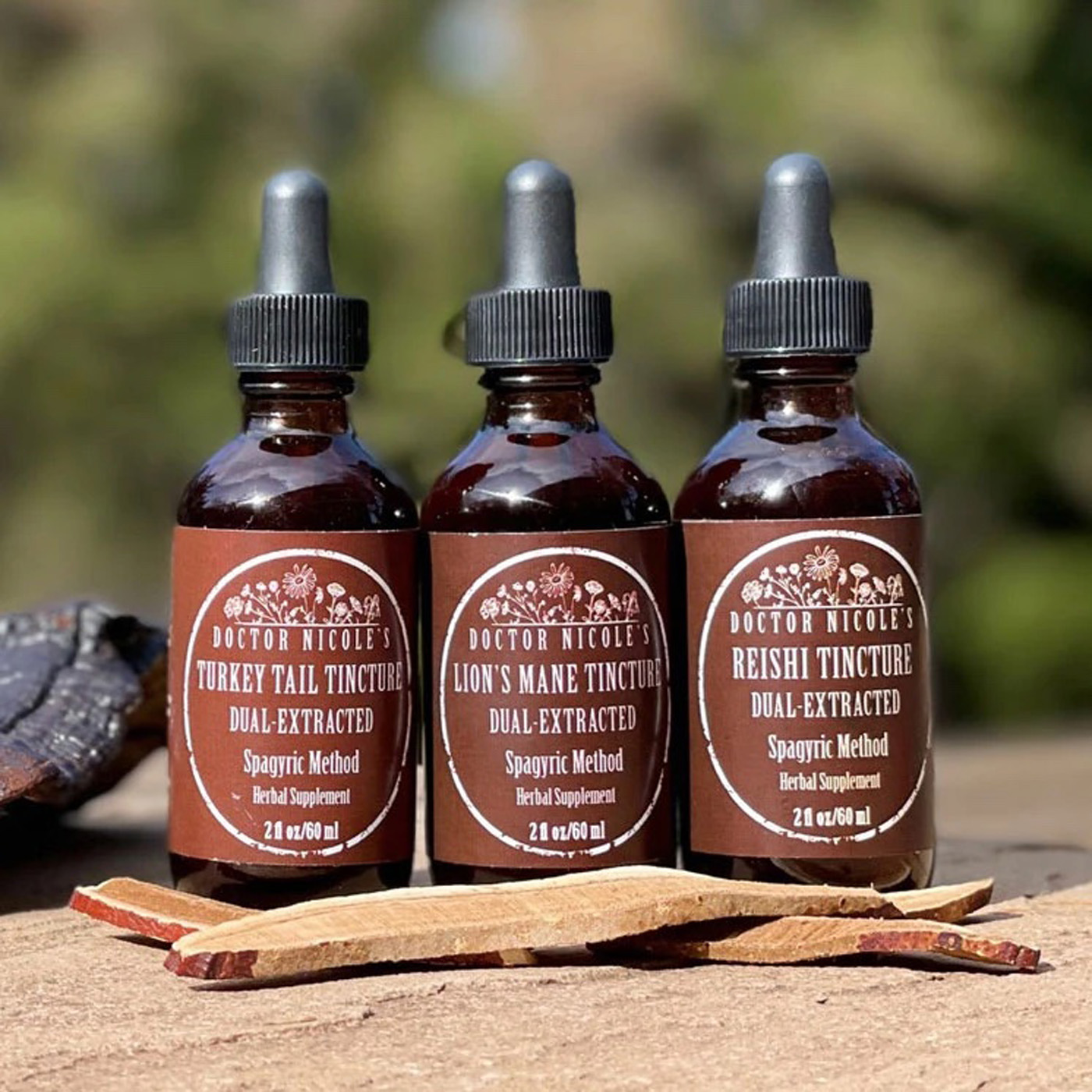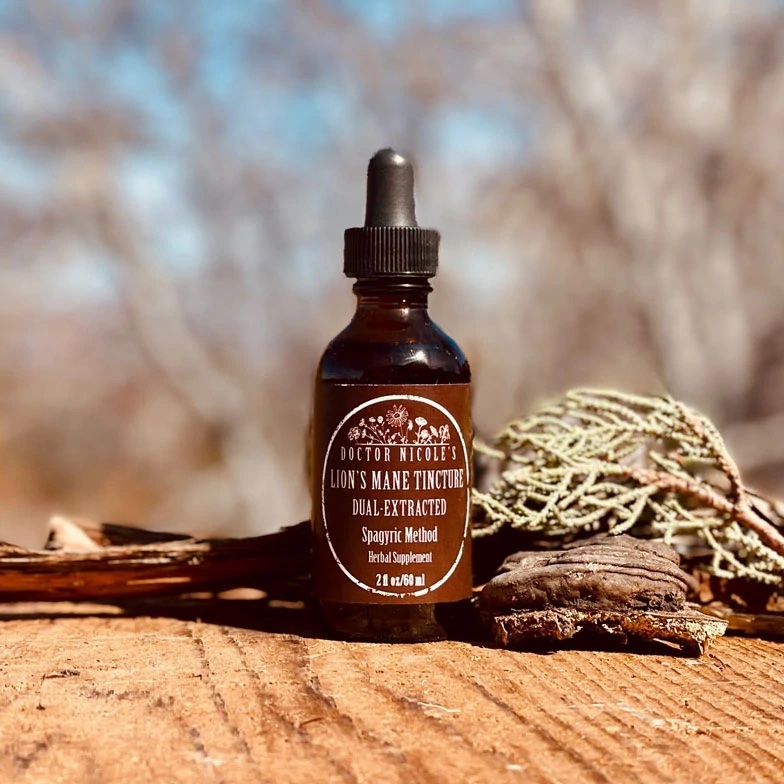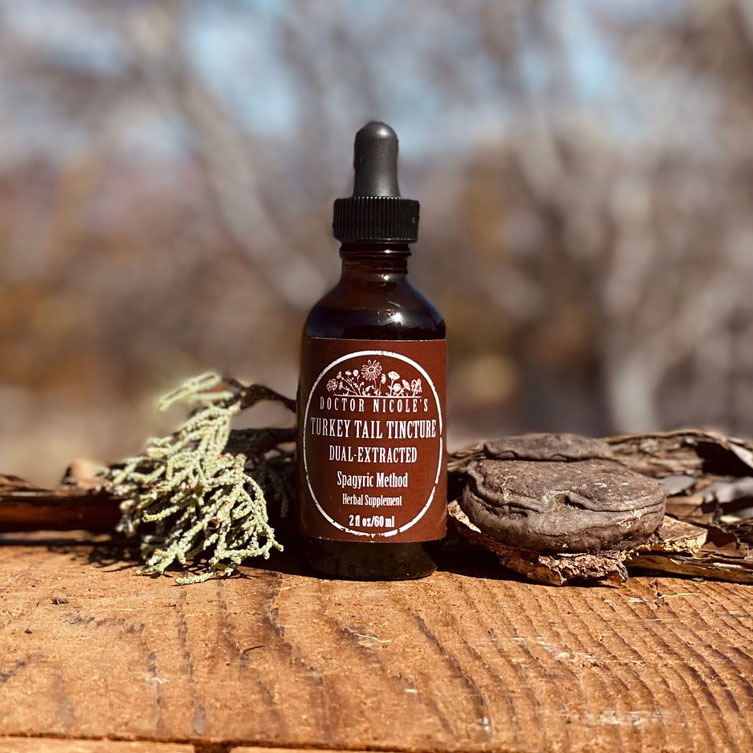A Complex, Often Misdiagnosed Health Condition
Characterized by immune dysregulation following exposure to mold, bacteria, endotoxins, and other toxins from water-damaged buildings, Chronic Inflammatory Response Syndrome (CIRS) is a silent epidemic affecting up to 25% of the population. Lyme disease and other tick-borne diseases can also be a root cause of the condition. A biotoxin illness, it can cause significant disability in those who develop it. Many people experience a mix of symptoms such as low energy, foggy thinking, digestive problems, headaches, body aches, and even changes in vision or abdominal discomfort.
Adding to the complexity, diagnosis can be difficult as CIRS often mimics a wide range of conditions. Lack of awareness in the medical community further complicates the situation. However, specific lifestyle choices, diet, and select herbal remedies can help to ease symptoms and improve immune regulation. However, first, let’s examine the hallmark traits of CIRS and how it develops.
A Biotoxin Illness
Caused by chemical toxins released by living organisms, CIRS is most often associated with mold exposure and the subsequent release of mycotoxins. But the condition can arise from a variety of sources, including endotoxin-producing Pfiesteria (a single-cell aquatic organism), as well as tick-borne infections such as Borrelia burgdorferi, Babesia microti, Bartonella, Anaplasma, and Ehrlichia, along with venom from brown recluse spiders.1
Around 25% of Americans carry a gene called HLA-DR (human leukocyte antigen) that makes it difficult for them to detoxify from the metabolites produced by molds and biotoxins. In turn, the body doesn’t recognize these invaders for their removal. It then becomes overwhelmed by toxins, which leads to a host of symptoms with varying degrees of severity depending on the overall health status of the individual. If you are also struggling with autoimmunity, Lyme disease, long-haul syndrome, Epstein-Barr infection, or another health challenge, CIRS can become exceptionally debilitating. Symptoms may include:
- Cognitive issues involving memory, concentration, and focus
- Headaches
- Mood disorders (including anxiety and depression)
- Fatigue
- Vertigo and dizziness
- Sensitivity to light and/or sound
- Cough
- Shortness of breath
- Diarrhea
- Abdominal cramping
- Chemical sensitivity
- Temperature dysregulation
- Blurred vision
- Leaky gut
- Night sweats
- Muscle cramps
- Joint pain
- Unexplained weight gain
Keep in mind the condition can also mimic or go hand in hand with chronic fatigue syndrome (ME/CFS), ulcerative colitis, fibromyalgia, allergies, attention deficit disorder (ADD/ADHD), and multiple sclerosis.

Where to go from here?
If you suspect CIRS may be at the root of a mystery condition, there are several steps you can take to detoxify, address the underlying cause, and build a foundation of health. Working with a functional medicine or naturopathic physician who specializes in CIRS is highly recommended, especially if you are experiencing severe health impacts. They can perform a range of tests to establish if you are indeed dealing with chronic inflammatory response syndrome or if it is another health condition altogether, as well as design a custom-tailored protocol based on the results. Many functional medicine and naturopathic physicians now offer remote consultations and testing — a quick internet search will give you several options to choose from.
Several supplements and lifestyle choices can help to relieve the inflammation, brain fog, and other symptoms of CIRS without requiring extensive testing.
Environment. First and foremost, it is crucial to remedy any mold contamination in your home and/or work environment. If this isn’t addressed, it will be near impossible to recover your health. This post has specific details for how to reduce your mold exposure.

Diet. As I wrote in “Free Yourself From Mold Toxicity With These Tips“, diet can be a powerful ally in helping you to recover from CIRS, while also helping to cool inflammation, boost energy, and support cognitive health:
“Focus on colorful vegetables and leafy greens; starchy vegetables like corn and sweet potatoes; low-sugar fruits such as berries, apples, and avocados; onions and garlic; fresh herbs that include basil, thyme, cilantro, oregano, and sage; spices such as ginger, cinnamon, and turmeric; coconut oil and extra-virgin olive oil; wild-caught fish, free-range beef, and organic, free-range poultry; eggs and legumes.”
Since grains, dried fruit, nuts, certain dried spices (black pepper, coriander, and those produced in tropical locations), and processed foods can be a source of mold and mycotoxin exposure, it’s important to eliminate them while healing.3,4,5
For those with chronic Lyme, extra measures may be necessary. See this post for how to address Borrelia burgdorferi along co-infections. My Holistic Guide to Wellness also has a comprehensive Lyme protocol.
Supplements. Kelly McCann, MD has extensive experience treating those with CIRS successfully and recommends a simplified treatment protocol of binders (chlorella, activated charcoal) to remove mycotoxins from the digestive tract; lysosomal glutathione for antioxidant support and detoxification; and phosphatidylcholine to strengthen your cellular membranes and clear away mycotoxins within the cell.6
Medicinal Mushrooms for CIRS Relief
While it may seem counterintuitive that mushrooms would help those struggling with CIRS, lion’s mane, reishi, and turkey tail do not produce mycotoxins. In fact, they are exceptionally healing for a range of health conditions — including CIRS, mold illness, and Lyme disease.2 How so?
Lion’s mane helps to fight inflammation, enhances cognitive function, and relieves sleep issues, anxiety, and depression. Reishi is also anti-inflammatory, alleviates brain fog, fatigue, and leaky gut, and modulates the immune system for optimal function. Turkey tail is an outstanding remedy for chronic fatigue syndrome, leaky gut, inflammation, and candida overgrowth. Each of these powerful extracts is included in our convenient and easy-to-use Mushroom Trio Bundle.
At my apothecary, we take a research-informed approach to natural wellness and utilize stringent testing standards for mycotoxins and more. Our offerings are carefully selected based on clinical insights and traditional knowledge that support long-term health — especially for those managing complex, chronic conditions. Visit today to explore our range of targeted natural medicines that can help you to reach your health goals!
Nicole Apelian
Nicole’s Apothecary Products in this Post
References
- “Chronic Inflammatory Response Syndrome (CIRS)” by Divya Jacob, Pharm. D., medically reviewed by Zilch Sheikh, MD., Medicine Net.
- https://www.medicinenet.com/chronic_inflammatory_response_syndrome_cirs/article.htm
- “Frightful Fungi: The Magic of Medicinal Mushrooms” Suzy Cohen, RPh. https://suzycohen.com/articles/medicinal-mushrooms/
- Trucksess, M. W., & Scott, P. M. (2008). Mycotoxins in botanicals and dried fruits: a review. Food additives & contaminants. Part A, Chemistry, analysis, control, exposure & risk assessment, 25(2), 181–192. https://doi.org/10.1080/02652030701567459
- Nordin, S., Samsudin, N. A., Esah, E. M., Zakaria, L., Selamat, J., Rahman, M. A. H., & Mahror, N. (2022). Prevalence, Identification and Mycotoxigenic Potential of Fungi in Common Spices Used in Local Malaysian Cuisines. Foods (Basel, Switzerland), 11(17), 2548. https://doi.org/10.3390/foods11172548
- Kabak, B., & Dobson, A. D. (2017). Mycotoxins in spices and herbs-An update. Critical reviews in food science and nutrition, 57(1), 18–34. https://doi.org/10.1080/10408398.2013.772891
- “How To Identify and Treat CIRS and Mold Illness” by Dr. Michael Ruscio, DC, June 19, 2019. https://drruscio.com/identify-treat-cirs-mold-illness/









